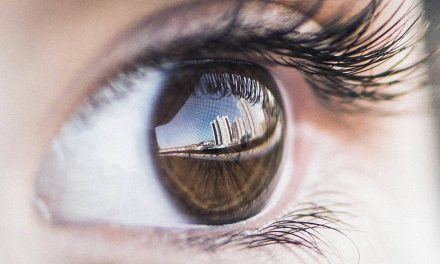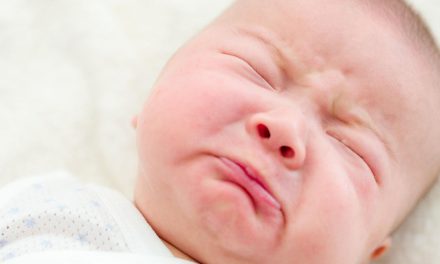What are the gastrocnemius and soleus?
The twins (or gastrocnemius) and soleus are the muscles we have located in the back of the leg, between the back of the knee and the calcaneus (heel bone).
Twins
We have two twins or gastrocnemius, internal and external, which originate at the femoral condyles, and the two heads join at the top of the calf. They insert together with the soleus tendon into the calcaneus via the Achilles tendon.
Its function is to lift the heel, which is essential in many athletic movements, such as sprinting or walking.the soleus
The soleus is below and behind the gastrocnemius and forms the triceps surae. The soleus acts in plantar flexion while the knee is flexed and the gastrocnemius when the leg is extended.
Causes of injuries
Environmental conditions: cold and humidity can make it difficult for heat to enter the muscle. For this reason, it is always necessary to warm up and wear suitable clothing before performing any physical activity.
Bad eating habits: they can favor muscle weakness in the calves and soleus and the vast majority of muscles.
Alteration of the spine: anatomically, being linked in one way or another, other types of injuries or changes may affect the treated pathology.
They poorly healed previous injuries: even if they do not affect the twins, such as problems in the Achilles tendon, which contributes a lot to the function of the soleus twins.
Improper footwear: this can cause a loss of cushioning.
Insufficient flexibility and low tolerance to the effort.
Muscular fatigue is one of the most common causes and occurs when we go too far in physical activity, exceeding the resistance limit of the muscle.Symptoms of calf-soleus injury
Stone syndrome is the most common and everyday way of referring to a ruptured calf-soleus. It is called this way because the sensation that one has when suffering from this pathology is the same one that one would have when receiving a stone in the calf. It is a common injury that affects all kinds of people, not just athletes, as it occurs with other fibrillar tears. It consists of a very sudden contraction of the gastrocnemius and soleus.
The first symptom will be a puncture, a sharp pain located in the inner part of the calf generated after being subjected to a sudden contraction of the muscle fibers. Some possible symptoms besides pain are:
Functional impotence is possible that if it is partial, we suffer from a limp and feel pain when walking or standing. But if it is a total tear, the pain will be so intense that we will not even be able to stand on the affected leg.
Inflammation and swelling in the calf area.
Defects in the structure in case of a total breakage.
Considerable increase in the temperature of the area. Calf and soleus injury: Illustration of leg muscle injury with rupture in different stagesWhat types or degrees of injury can we have?
Grade I: micro rupture of muscle fibers with possible hematoma.
Grade II: partial rupture of the gastrocnemius fibers without directly affecting the muscle belly.
Grade III: total tear of the muscle belly.Diagnosis of the injury
Typically, a calf-soleus tear is graded I, and the diagnosis does not require more than a physical examination and specific exercises to evaluate the mobility and functionality of the triceps surae.
If it is a grade II or III injury, significant functional loss and deformity will be seen on physical examination, along with a small “jump” in the muscle.
In the case of noticing a more significant functional loss and this deformity, it is when the diagnosis becomes confusing, as it could be a grade II or grade III tear. It is necessary to do a muscle ultrasound or an MRI to clarify the degree of the injury.
Treatment of these injuries
Medical treatment initially involves sports rest until the patient can walk without a limp. The main treatment recommendations are:
Use ice on the painful area for 20 minutes four times a day to reduce swelling.
Use analgesic gels on the painful area.
Drugs such as non-steroidal anti-inflammatory drugs (ibuprofen, diclofenac, dexketoprofen...).
Compression calf sleeves to help reduce bruising, improve drainage of edema and help speed recovery.
After a few days, the torn muscle should have regenerated well enough that the doctor will prescribe progressive eccentric strengthening exercises and stretching under the supervision of a physical therapist.
On rare occasions, treatment is surgical, only in grade III lesions, which are recurrent or unresolved after correct conservative treatment.What you should know…
The stone syndrome is the usual and most colloquial way of referring to a ruptured calf-soleus. It is called this way because the sensation that one has when suffering from this pathology is the same one that one would have when having received a stone in the calf.
Typically, a calf-soleus tear is graded I, and the diagnosis does not require more than a physical examination and specific exercises to evaluate the mobility and functionality of the triceps surae.
Medical treatment initially involves sports rest until the patient can walk without a limp.




